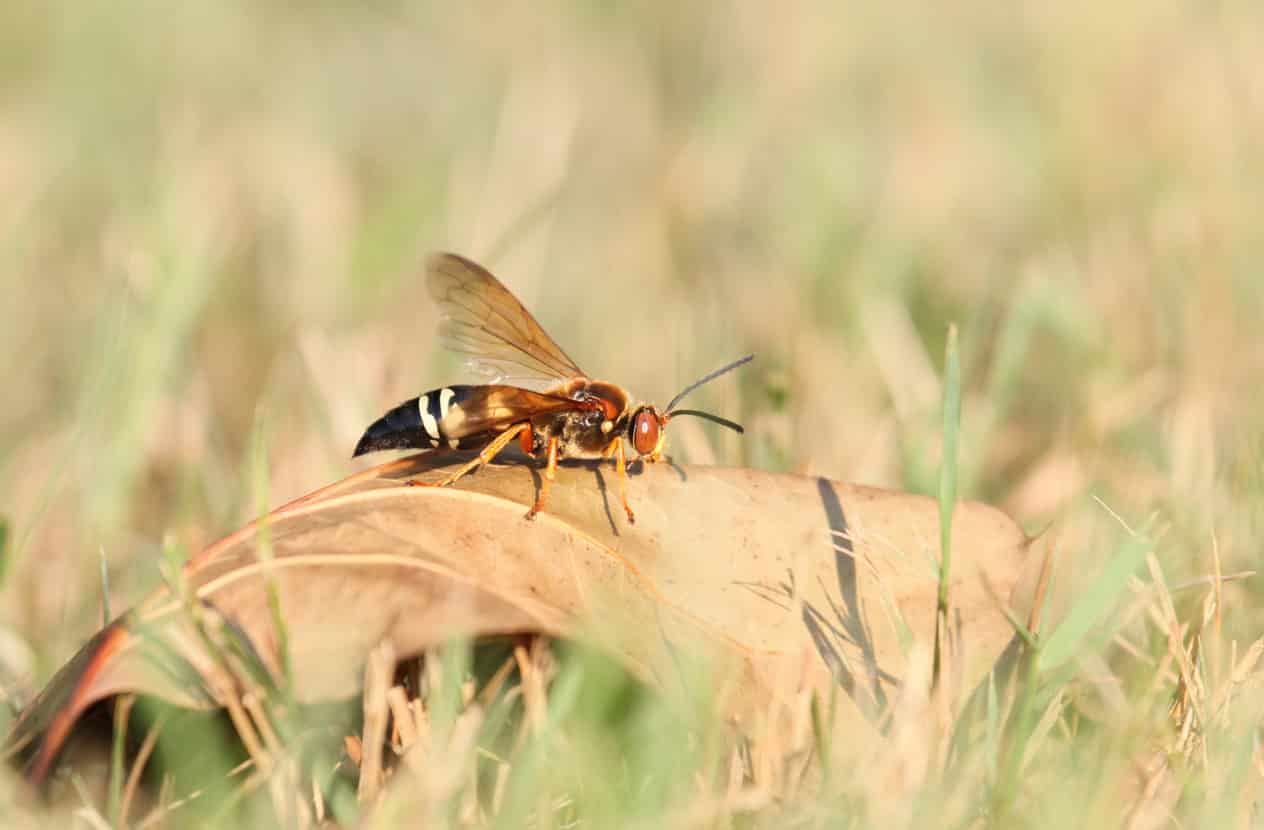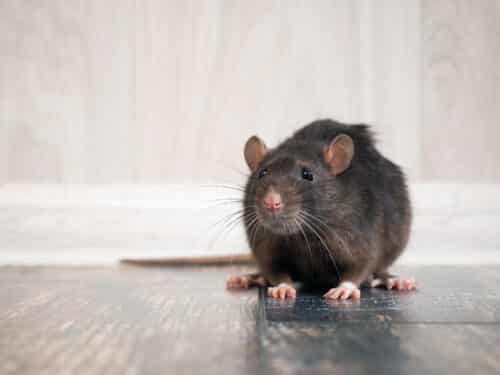
Especially for those living in the Seattle and Greater Puget Sound area, yellow jackets and wasps are a familiar summertime pest. These are not the only varieties of stinging insects that can plague your home or business, however. Particular varieties of bees each comes with their own hazards and pest control treatment plans. Read on to learn how Cascade can help keep you and your family sting-free.
Bee Varieties Common to the Greater Seattle Area
We are familiar with typical hazards associated with regular bees and wasps, but what you might not realize is that different varieties of these species pose individual, unique threats. Understanding what these different bee species are capable of and how to avoid them is critical to keeping those frequenting your home or business safe. Here are some details about specific types of bees you might come across:
Bald Faced Hornets
A relative of the yellow jacket, this bee has a mostly black body and a mostly white face. It creates large, aerial nests which classifies it as a “hornet” as opposed to a regular bee. These nests can prove hazardous depending on their size, and are usually found at least 3 feet off the ground suspended in trees, overhangs, sheds, etc.
Bald-faced hornets are aggressive, and can repeatedly sting without dying. It’s not to approach them alone or try to remove the nest without professional help because of this. Live nests usually have a large number of hornets flying around the structure, but they don’t reuse nests from year to year, so if you see no activity, proceed with caution in investigating it further.
These hornets are most active in late summers, so keep an eye out and watch your head during July and August. Cascade Pest Control’s technicians are trained in identification and removal, and are happy to help abate this species during regularly scheduled pest control inspections.
Mud Daubers
This is a type of wasp that, as the name might imply, constructs its nest out of mud. There are several different varieties of Mud Daubers, but all are usually dark in color, including their wings, and have a characteristic “thread-waisted” body. This means that they have a long, thin connecting section between their thorax and abdomen.
Mud Daubers are not typically aggressive, but their empty nests are potentially a sign of trouble. Mud Daubers vacate their nests by tunneling holes out through the surface and abandon the dried-mud structure. In their absence, more aggressive stinging species tend to move in, and these are where the danger and inconvenience come in. Look out for these mud nests in sheltered sites, i.e. under eaves, in porch ceilings, or abandoned shed/barn spaces.
This variety of wasp itself is relatively harmless to humans due to their non-aggressive nature, and they can even decrease the number of other insects/pests in the area come breeding time. Female mud daubers use paralyzed hosts to lay eggs in during nesting. A call to the professionals is in order if you notice their characteristic nest with a more aggressive host occupying it, as this could escalate dangerously.
Cicada Killers
Known most notably for being seen taking down a large cicada, these wasps are black and pale yellow with stripes. They are capable of stinging, paralyzing, and carrying off a grown cicada twice their size. The good news for you: they are much more interested in cicadas or other cicada wasps than they are with humans. While this species will attack if provoked or bothered, they don’t seek out a human target to get involved with.
They may look scary, but for us they’re relatively low-risk, especially since they’re solitary and tend not to burrow in our structures. Males don’t even have a stinger, and they’re the ones usually patrolling and defending their space! These wasps use cicadas to breed, and their nests are usually underground, so the main hazard for us is to not accidentally step on them and provoke a swarm. Signs of nests include crude mounds with tunneling that can sometimes pop up in and around yards. Cascade Pest Control’s technicians are trained to look out for these signs to help you avoid an unwanted run in.
Mason Bees
The metallic blue or blue-black cousin of the honeybee, mason bees are some of the most helpful pollinators out there. Males don’t have stingers, and females will only attack if mishandled. They are named for the unique way in which they seal off areas where they’ve laid eggs with mortar-like mud application.
These are a species of bee scientists have looked to encourage in the wild in order to give honeybees a break in being the #1 pollinators. As pollinating bee populations decline, it’s important to allow naturally occurring colonies, like mason bees, to peacefully co-exist with our structures. These bees’ nests don’t cause structural damage, and are only concerning if there are lots of solitary nests clumped together. Consulting with a professional in order to identify and safely remove and relocate mason bee nests is important to creating a safe, ecofriendly, and prosperous environment for both you and the surrounding ecosystem.
Carpenter Bees
These bees don’t eat wood, but they do drill and tunnel into it in order to create living spaces. Carpenter bees are one of the few anti-social bee varieties, as they don’t nest or live within colonies, but instead nest individually. They can most typically be found burrowed into trees, building exteriors, or building frames.
Typical identifiers of carpenter bees are a general ‘bumblebee-esque’ shape, but with slightly less yellow coloring and less fuzz around their abdomens. Despite their more harmless looking exterior and non-aggressive ways, these pests can cause real damage to the structure and integrity of your space. Look out for smoothly drilled holes going through natural wood surfaces, and make sure the exterior of your space is properly sealed, painted, and maintained. This can prevent the bees from having a viable entry point in which to begin weakening your home.
Learn more about Cascade Pest Control’s services and schedule an appointment today by calling 888-989-8979



